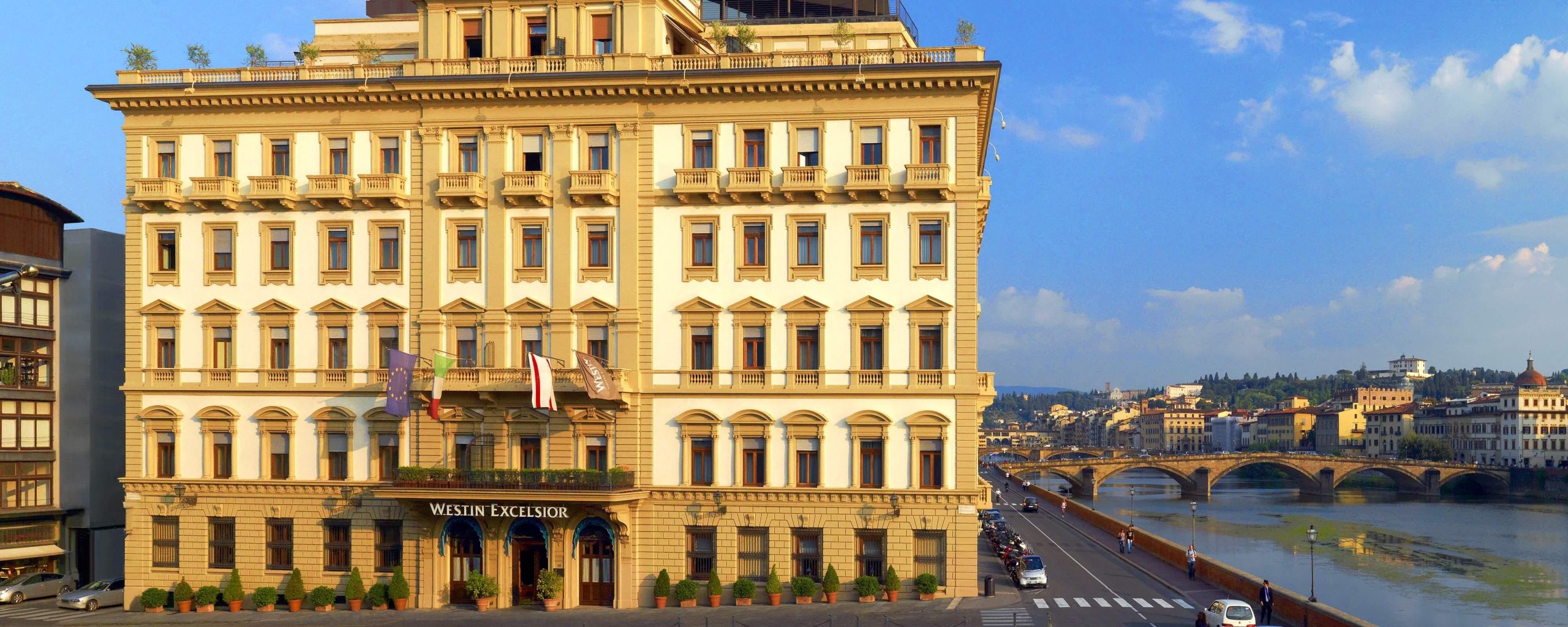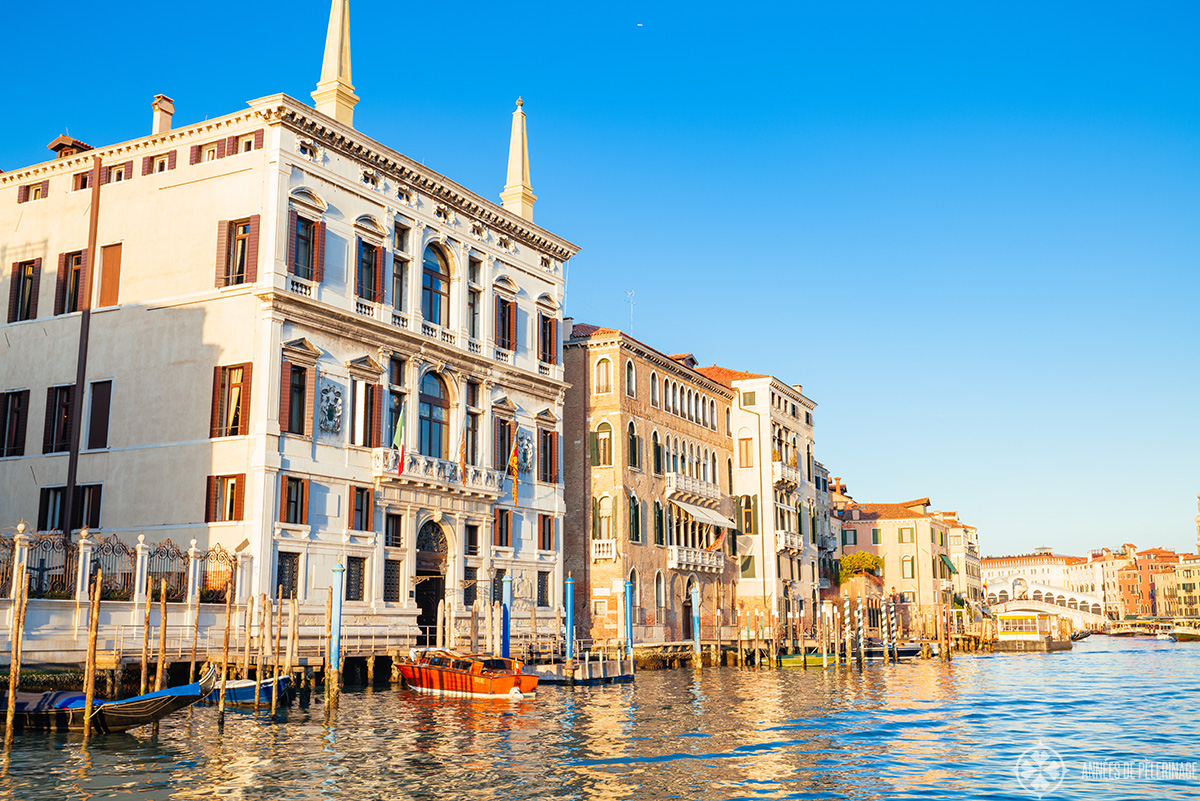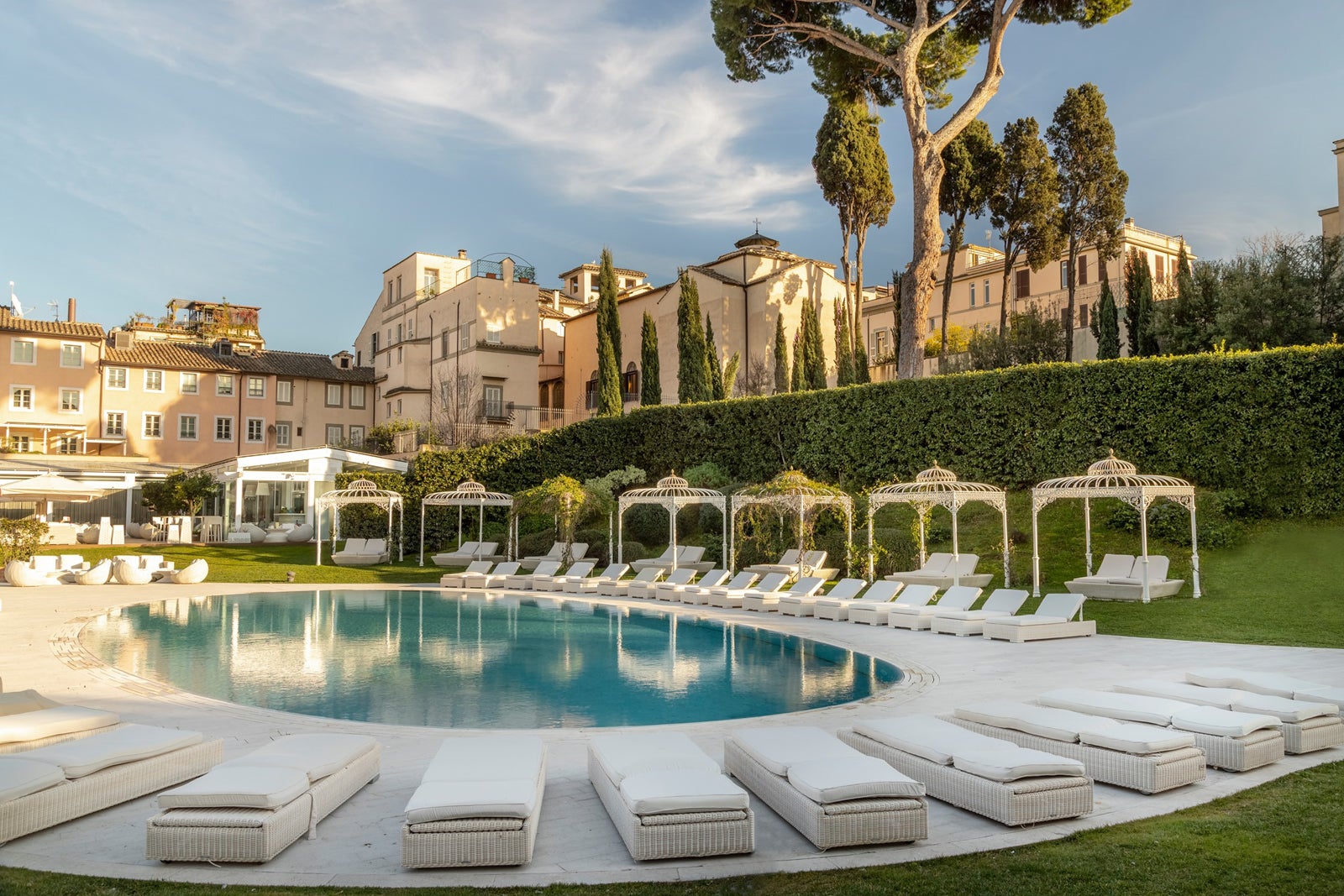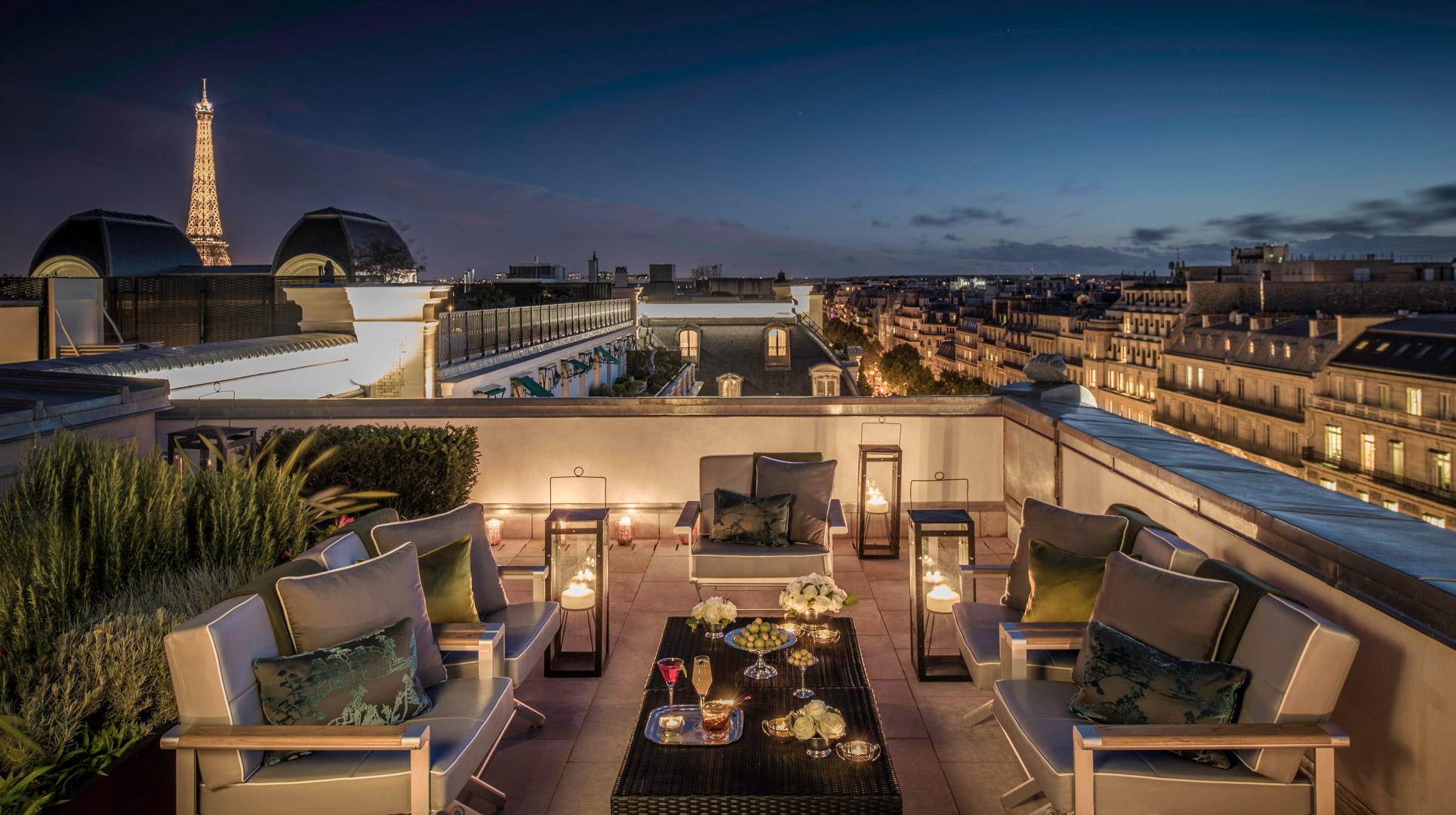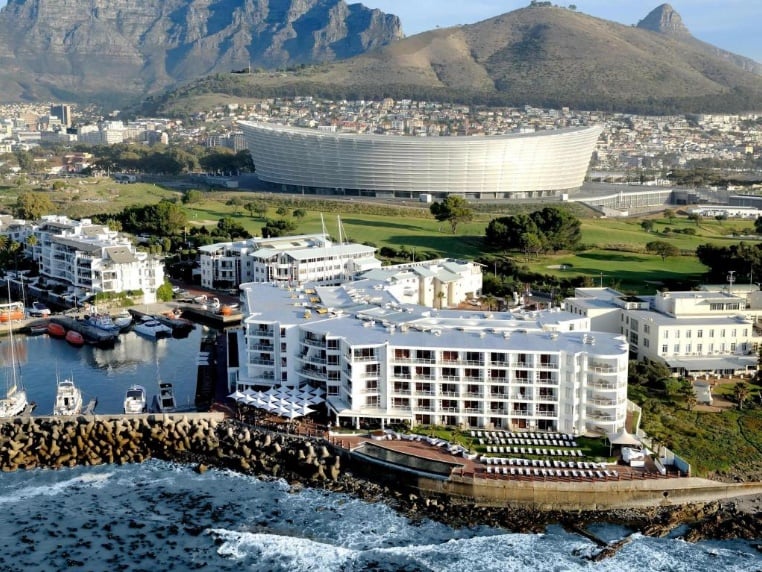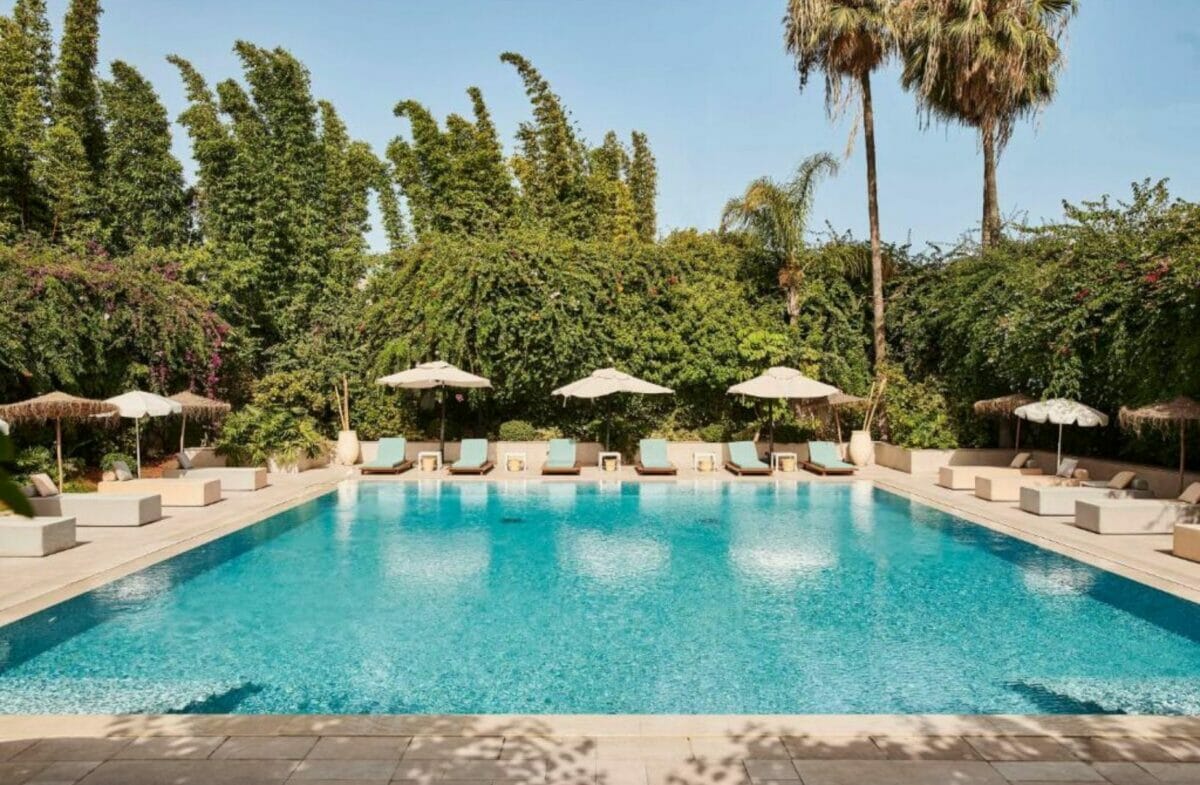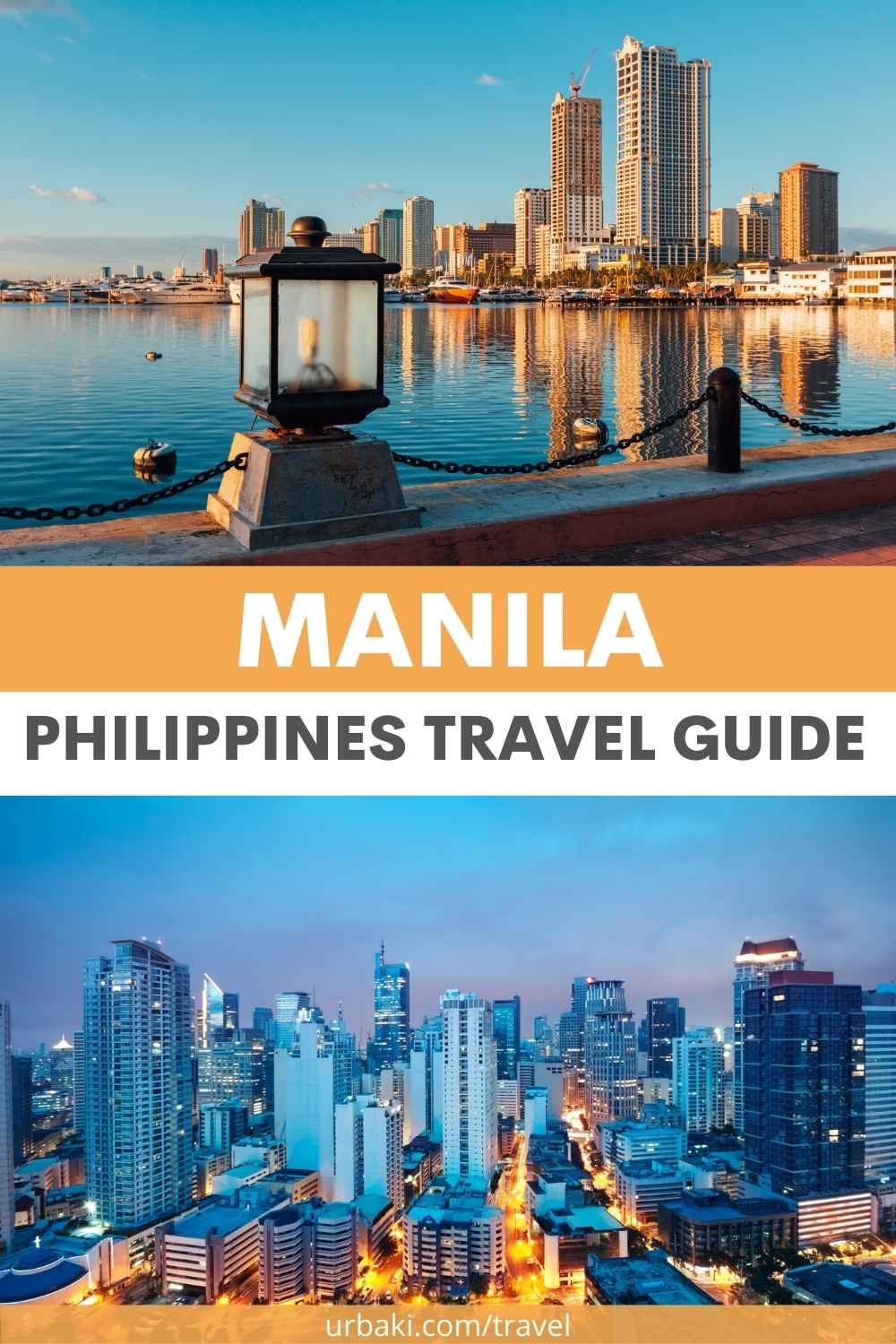
Manila, the vibrant and pulsating capital of the Philippines, is a city that wears its history on its sleeve, a captivating blend of colonial echoes and modern dynamism. From the ancient cobblestone streets of Intramuros to the glittering skyscrapers of Makati, Manila offers a multifaceted experience that caters to every traveler’s whim. This comprehensive guide will unravel the city’s rich past, unveil its must-see attractions, equip you with essential travel tips, and immerse you in its culinary delights and seamless transportation.
A Journey Through Time: Manila’s Storied Past
Manila’s history is a compelling narrative shaped by centuries of trade, conquest, and cultural exchange. Its strategic location on the Pasig River delta and Manila Bay made it a crucial hub for maritime trade, attracting merchants and settlers from across Asia.
Related Articles about Manila: A Tapestry of Time, Taste, and Tropical Charm:
- Discovering the Jewels of Malaysia: An Ultimate Travel Guide
- Budapest’s Grandeur: A Journey Through Top Hotels and Timeless Charm
- Sweden: A Journey Through the Land of Midnight Sun and Northern Lights
- Barcelona: A Kaleidoscope of Culture, History, and Mediterranean Charm
- Vienna: A Symphony of Imperial Grandeur and Modern Charm
The city’s origins can be traced back to the indigenous Tagalog settlements of the 14th century. However, it was in 1571 that Manila truly entered the global stage with the arrival of Miguel López de Legazpi, the Spanish conquistador. He established a Spanish colonial government, laying the foundations for what would become the Walled City of Intramuros. For over three centuries, Manila served as the capital of Spanish East Indies, a vital link between Europe and Asia, and a center for Catholic evangelization.
The Spanish colonial era left an indelible mark on Manila’s architecture, religion, and social fabric. Churches like San Agustin and Santo Domingo, the imposing walls of Intramuros, and the intricate street layouts are testaments to this period.
In 1898, the Spanish-American War led to the cession of the Philippines to the United States. Manila became an American colonial possession, ushering in a new era of development. Modern infrastructure, public education systems, and democratic institutions were introduced. However, this period was also marked by resistance and the Philippine-American War.
World War II brought immense devastation to Manila. The Battle of Manila in 1945 resulted in widespread destruction, leaving the city in ruins. Despite this tragedy, Manila rose from the ashes, rebuilding and evolving into the bustling metropolis we know today. The post-war years saw rapid urbanization and economic growth, transforming Manila into a regional economic powerhouse.
Understanding Manila’s layered history enriches any visit, allowing you to appreciate the nuances of its culture and the resilience of its people.
Unveiling the Gems: Main Attractions in Manila
Manila is a city of contrasts, offering a diverse range of attractions that cater to history buffs, art enthusiasts, foodies, and urban explorers alike.
1. Intramuros: The Walled City
No visit to Manila is complete without stepping back in time within the ancient walls of Intramuros. This UNESCO World Heritage site is a living museum, transporting you to the Spanish colonial era.
- San Agustin Church and Museum: A UNESCO World Heritage site, this is the oldest stone church in the Philippines, a magnificent example of Baroque architecture. Its museum houses an impressive collection of religious art and artifacts.
- Fort Santiago: A historic citadel that played a crucial role in defending the city. It was once a prison for national hero Jose Rizal. Explore its dungeons, walls, and the Rizal Shrine.
- Casa Manila: A reconstructed colonial house showcasing the lifestyle of wealthy Filipino families during the Spanish period.
- Baluarte de San Diego: A circular bastion offering panoramic views of Manila Bay and Intramuros.
- Kalesa Ride: Experience Intramuros like a local by taking a horse-drawn carriage ride, a charming way to explore its nooks and crannies.
2. National Museum Complex:
Located in Rizal Park, this complex houses the country’s most significant cultural treasures.
- National Museum of Fine Arts: Home to masterpieces by Filipino artists, including Juan Luna’s iconic “Spoliarium.”
- National Museum of Anthropology: Showcases the rich ethnological and archaeological history of the Philippines.
- National Museum of Natural History: Features stunning exhibits on the diverse flora and fauna of the archipelago.
3. Rizal Park (Luneta Park):
A sprawling urban oasis named after national hero Jose Rizal. It’s a popular spot for locals to relax, exercise, and engage in cultural activities. Key features include the Rizal Monument, the Chinese Garden, and the Japanese Garden.
4. Binondo Chinatown:
The world’s oldest Chinatown, a vibrant and bustling district brimming with Chinese culture, delicious food, and unique shops. Wander through its narrow streets, sample authentic Chinese-Filipino cuisine, and visit its ancient temples.
5. Quiapo Church and Market:
A significant religious landmark, Quiapo Church is home to the Black Nazarene, a revered statue drawing millions of devotees annually. Adjacent to the church is the chaotic yet fascinating Quiapo Market, where you can find everything from traditional crafts and amulets to street food and bargain clothing.
6. Ayala Museum:
Located in Makati, this modern museum offers a comprehensive look at Philippine history, art, and culture through dioramas, artifacts, and art exhibitions.
7. San Sebastian Church:
An architectural marvel, this all-steel basilica is the only one of its kind in the Philippines and one of the few in the world. Its intricate Neo-Gothic design is breathtaking.
8. Mall of Asia (MOA):
One of the largest malls in Asia, MOA is a modern entertainment and shopping complex offering a wide array of shops, restaurants, cinemas, and an impressive promenade along Manila Bay.
Navigating the Metropolis: Travel Tips for Manila
To make your Manila adventure smooth and enjoyable, here are some essential travel tips:
- Visa Requirements: Check the visa requirements for your nationality well in advance.
- Currency: The local currency is the Philippine Peso (PHP). US Dollars are also widely accepted in tourist areas, but it’s advisable to have local currency for smaller purchases.
- Language: The national language is Filipino (based on Tagalog), but English is widely spoken and understood, especially in urban areas and tourist establishments.
- Safety: While Manila is generally safe, it’s always wise to be aware of your surroundings, especially in crowded areas. Avoid displaying expensive jewelry or large sums of cash. Keep your belongings secure.
- Health: Drink bottled water only. Consult your doctor about necessary vaccinations before your trip.
- Bargaining: Bargaining is common in markets and with public transport, but do so politely and respectfully.
- Tipping: Tipping is not mandatory but is appreciated for good service. A 10% tip is customary in restaurants.
- Respect Local Customs: Dress modestly when visiting religious sites. Be mindful of local customs and traditions.
- Heat and Humidity: Manila is a tropical city with high temperatures and humidity. Stay hydrated, wear light clothing, and use sunscreen.
- Traffic: Be prepared for significant traffic congestion, especially during peak hours. Factor this into your travel time.
When to Visit: Best Time to Explore Manila
Manila experiences a tropical climate with two distinct seasons:
- Dry Season (November to April): This is generally considered the best time to visit Manila. The weather is pleasant with lower humidity and minimal rainfall. Temperatures range from 24°C to 32°C (75°F to 90°F). This period is ideal for outdoor exploration and sightseeing.
- Wet Season (May to October): This season is characterized by frequent and heavy rainfall, often in the form of thunderstorms. Typhoons are also possible during this period. While you might find fewer crowds and lower prices, be prepared for potential disruptions due to weather. Temperatures are slightly higher, ranging from 25°C to 33°C (77°F to 91°F).
Shoulder Seasons:
- November and April can offer a good balance of pleasant weather and fewer crowds before or after the peak dry season.
A Home Away From Home: Nearby Hotels in Manila
Manila offers a wide spectrum of accommodation options, from luxurious five-star hotels to budget-friendly guesthouses. Here are some popular areas and hotel recommendations:
Makati: The premier business and financial district, offering upscale hotels and excellent amenities.
- Luxury: The Peninsula Manila, Mandarin Oriental, Manila, Raffles Makati
- Mid-Range: Dusit Thani Manila, New World Makati Hotel, Fairmont Makati
- Budget-Friendly: Consider serviced apartments or smaller boutique hotels in the area.
Bonifacio Global City (BGC): A modern and vibrant district known for its upscale shopping, dining, and contemporary hotels.
- Luxury: Shangri-La at The Fort, Manila, Grand Hyatt Manila
- Mid-Range: Seda BGC, F1 Hotel Manila, The Ascott Bonifacio Global City Manila
Ermita/Malate: Historically a popular tourist district, offering a mix of older hotels and newer establishments, with proximity to Rizal Park and museums.
- Mid-Range: Diamond Hotel Philippines, Manila Hotel (historic landmark)
- Budget-Friendly: Numerous guesthouses and hostels are available.
Intramuros Area: For an immersive historical experience, consider staying within or near Intramuros.
- Boutique: The Henry Hotel Manila (a short drive from Intramuros), Hotel Intramuros (a unique experience within the walls)
Quezon City: A large city with a more local feel, offering a range of hotels catering to different budgets.
When choosing a hotel, consider its proximity to the attractions you plan to visit and its accessibility to transportation.
A Culinary Adventure: Local Food in Manila
Manila is a food lover’s paradise, offering a rich and diverse culinary scene influenced by its history and multicultural heritage. Filipino cuisine is known for its bold flavors, a delightful balance of sweet, sour, salty, and savory.
Must-Try Dishes:
- Adobo: The unofficial national dish. Chicken or pork braised in soy sauce, vinegar, garlic, and peppercorns.
- Sinigang: A sour and savory soup, typically made with tamarind broth and your choice of meat (pork, beef, fish) and vegetables.
- Lechon: A whole roasted pig with crispy skin, a celebratory dish often found at feasts.
- Lumpia: Filipino spring rolls, available in fresh (lumpiang sariwa) or fried (lumpiang shanghai) varieties.
- Pancit: Various types of Filipino noodles, often stir-fried with meat and vegetables. Popular varieties include Pancit Canton and Pancit Bihon.
- Kare-Kare: A rich stew made with oxtail and vegetables in a peanut sauce, typically served with bagoong (shrimp paste).
- Halo-Halo: A quintessential Filipino dessert, a refreshing mix of shaved ice, milk, sweet beans, fruits, jellies, and topped with ube ice cream.
- Kinilaw: Filipino ceviche, raw fish marinated in vinegar, onions, ginger, and chilies.
Where to Eat:
- Local Eateries (Carinderias): For authentic and affordable Filipino food, explore the local carinderias found in almost every neighborhood.
- Binondo Chinatown: Indulge in a wide array of Chinese and Chinese-Filipino delicacies.
- Mercato Centrale and other Food Markets: These weekend markets offer a vibrant culinary experience with diverse food stalls.
- Upscale Restaurants: Makati and BGC boast world-class restaurants offering both local and international cuisine.
Don’t be afraid to try street food, but exercise caution and choose vendors with good hygiene practices.
Getting Around: Transportation Options in Manila
Navigating Manila can be an adventure in itself due to its bustling nature and traffic. Here are the primary transportation options:
- Taxis: Readily available, especially in tourist areas and hotels. Ensure the meter is used for fair pricing. Ride-hailing apps like Grab are highly recommended for convenience and transparency.
- Grab (Ride-Hailing App): Similar to Uber, Grab is the most popular and convenient way to get around Manila. You can book cars and motorcycles, and the app provides fare estimates.
- MRT (Metro Rail Transit) and LRT (Light Rail Transit): These are the most efficient ways to bypass traffic for longer distances. The MRT and LRT systems connect major areas of the city. Be prepared for crowds during peak hours.
- Jeepneys: Iconic brightly colored buses that are a quintessential part of Filipino culture. They are the cheapest way to travel but can be crowded and their routes can be confusing for newcomers.
- Buses: Similar to jeepneys, buses offer a more structured route system and are an affordable option.
- Tricycles: Three-wheeled vehicles common for short distances within local neighborhoods. Negotiate the fare before boarding.
- Pedicabs: Bicycle-powered rickshaws, also for short distances, offering a more leisurely way to travel.
- Ferries: For inter-island travel or exploring areas along Manila Bay.
Tips for Transportation:
- Download Grab: Essential for seamless travel.
- Allow Ample Time: Factor in potential traffic delays when planning your journeys.
- Learn Basic Phrases: Knowing a few basic Tagalog phrases can be helpful.
- Be Patient: Manila traffic can be challenging, so patience is key.
Conclusion
Manila is a city that will captivate your senses and leave you with lasting memories. From its rich historical tapestry woven through the cobblestone streets of Intramuros to the vibrant culinary scene and the warm hospitality of its people, Manila offers an unforgettable journey. Embrace the chaos, savor the flavors, and immerse yourself in the dynamic spirit of this Philippine metropolis. With this guide, you are well-equipped to embark on your own Manila adventure, discovering the layers of charm and character that make this city truly unique.



